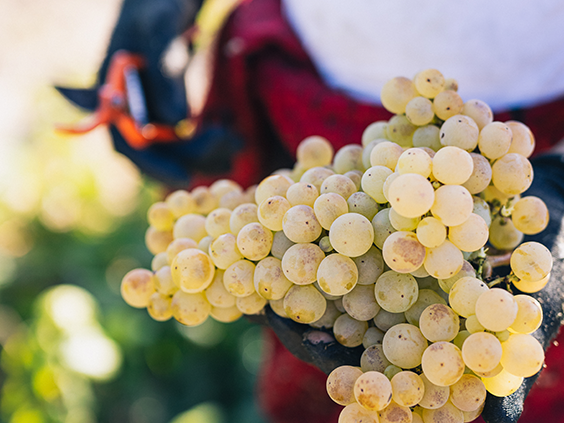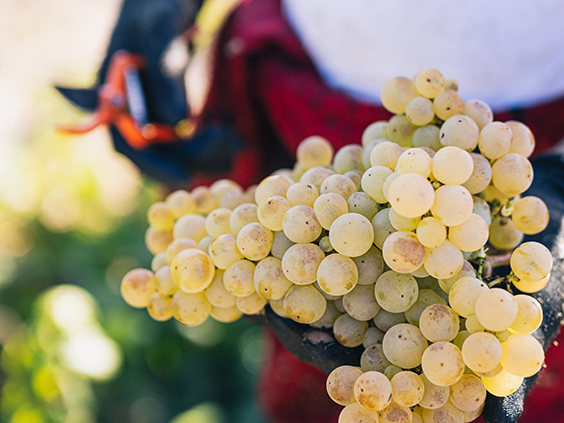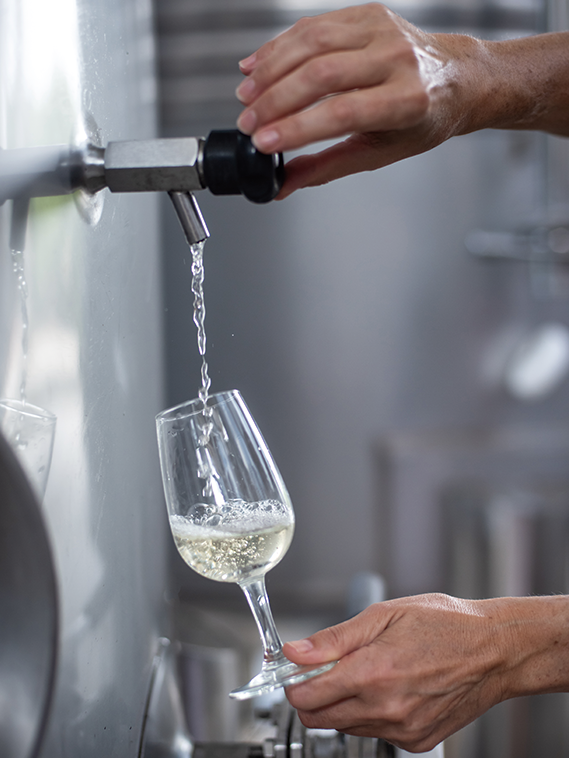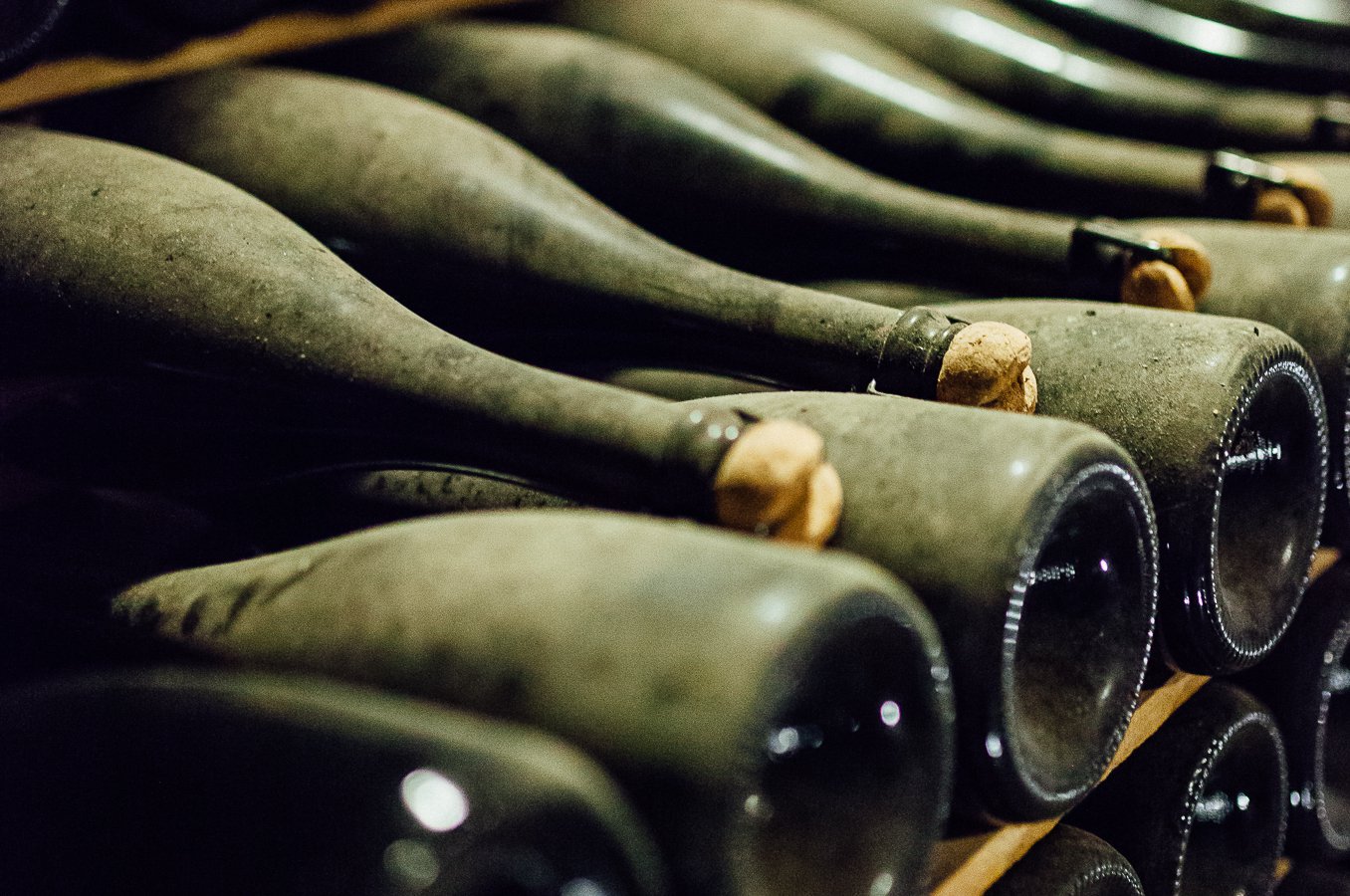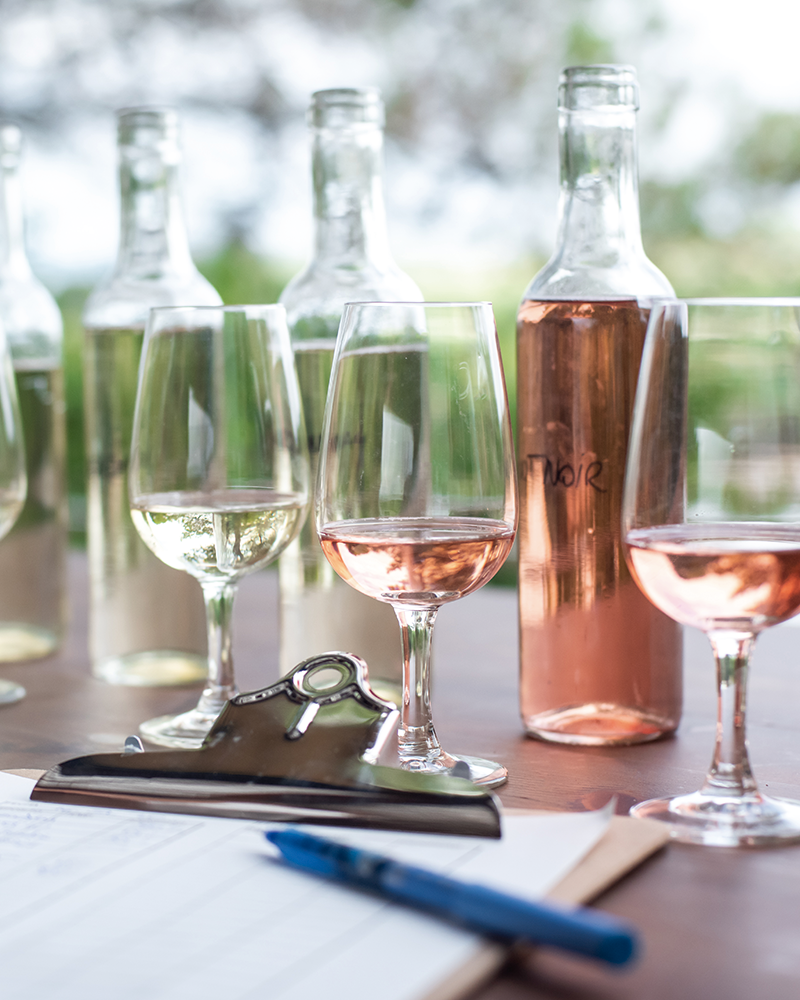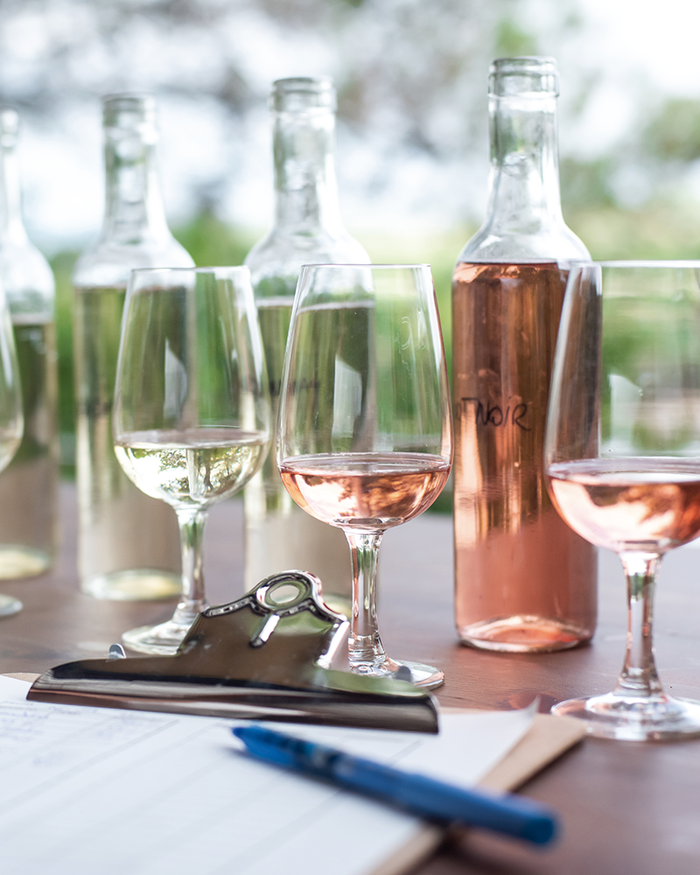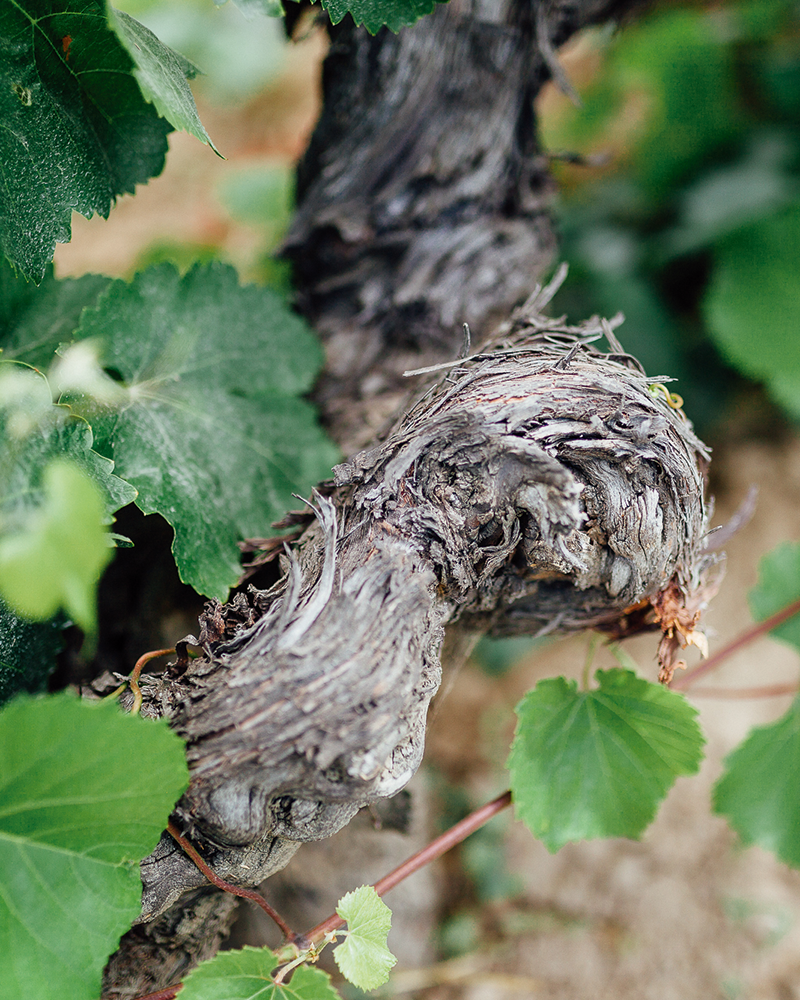This new category of Cava was established in 2017 with the aim of grouping together Cavas produced in a paraje calificado, defined as a “small area, especially recognised as extraordinary and unique for its soil and climate conditions”.
Cavas of Paraje Calificado must come from vineyards that are at least 10 years old, where the grapes are always harvested manually.
Moreover, these Cavas have to be made on the winery premises; in other words, the musts are produced only from vines belonging to the bodega itself. During the winemaking process, the maximum yield by hectare is 48 hectolitres.
In terms of aging, Cavas de Paraje Calificado are subject to the longest obligatory aging time, 36 months minimum. These Cavas are always the same three types: Brut Nature, Extra Brut or Brut, and from the same vintage, and are also characterised by complete traceability, from the vineyards through to market.
In summary, as only Cavas made from wines of paraje calificado, which must fulfill the demanding quality criteria for production, can carry this label, they are considered Cavas of recognised excellence and prestige.
